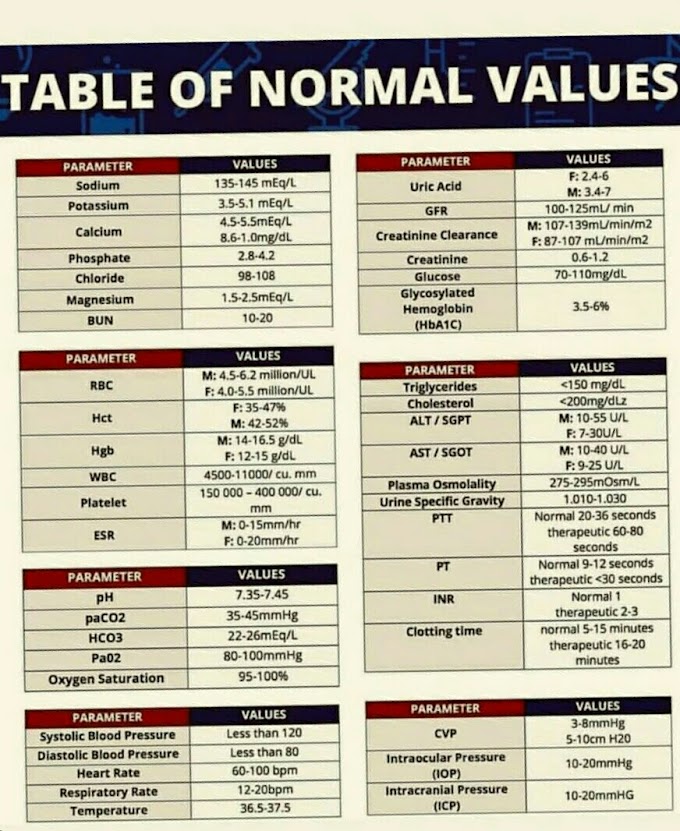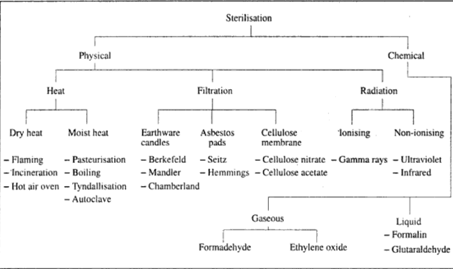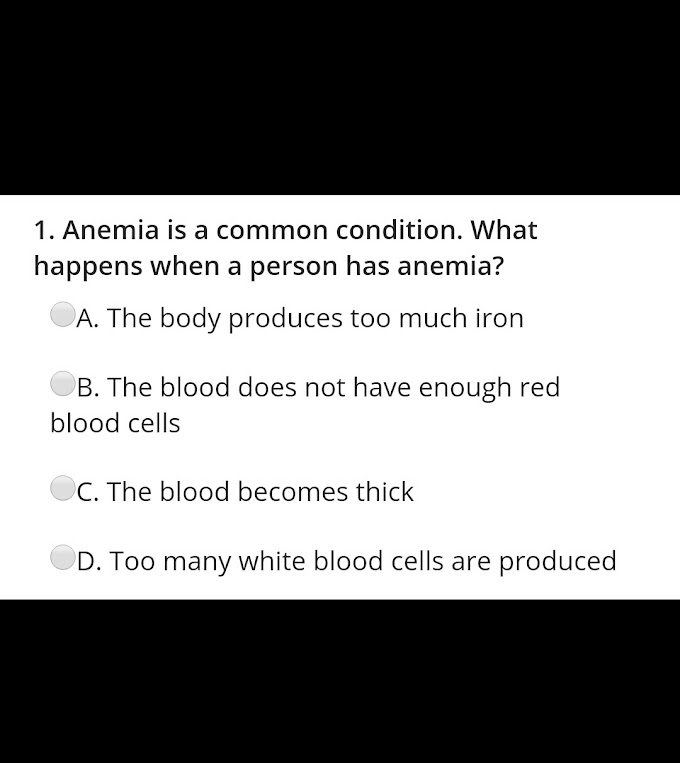 |
| STANDARD SOLUTIONS, Primary standard, Secondary standard |
STANDARD SOLUTIONS
Primary standard
Secondary standard
STANDARD SOLUTIONS
There are two types of standard solutions in titrimetric
(volumetric) analysis—the primary and the secondary standard solutions.
The primary standard
solution is the reference for the volumetric analysis and therefore, it should
be
carefully prepared. An ideal chemical for primary standard
should satisfy the following conditions:
(i) It must be stable, easy to obtain and to dry, and to
preserve in pure form.
(ii) It must have a large molecular mass to minimise the
errors in weighing.
(iii) It should not absorb moisture from the air during
weighing.
(iv) It should be easily soluble in water.
(v) It should not result in the production of interfering substances
or reactions with the titration process.
Note A perfect
primary standard is difficult to prepare and so, any substance that meets most
of the requirements should be used.
The secondary standard
solution is usually prepared to approximate concentration and then
titrated against a primary standard to get the exact concentration. This is
because the substance used for preparing the secondary standard solution is not
very stable and cannot be accurately weighed. Examples of secondary standard
are strong acids such as hydrochloric acid; or strong bases such as sodium
hydroxide.
I. To prepare 0.1N standard solution of sodium hydroxide.
A strong base such as sodium hydroxide (NaOH) should be
standardised against a weak acid such as oxalic acid (COOH)2.
(i) To prepare
accurately 0.1N solution of oxalic acid as the primary standard: Weigh
6.303 g of oxalic acid accurately, dissolve it in distilled water, and make up
the volume up to 1 litre with distilled water.
(ii) To prepare
approximately 0.1 N solution of NaOH: Dissolve approximately 4.0 g of NaOH
in 1 litre of distilled water.
(iii) To determine
exact strength of the NaOH solution: Place 10 ml of 0.1 N oxalic acid
solution in a 100 ml conical flask. Add 2 drops of phenolphthalein indicator (1
% solution in 50 % ethanol).
Run the NaOH solution gradually from a burette till a light
pink end point is reached.
Note the reading on the burette. Repeat the same
procedure two more times and find the average. For example, Y ml of the NaOH
solution neutralise 10 ml of 0.1 N oxalic acid.
Therefore, from the equation NV = NzV2, the normality of
(iv) Dilution Factor (D.F.): If the normality of nNaOH is
more than 0.1, the dilution factor should be determined as:
D.F=
Then, (1000 x D.F.) ml of NaOH + [1000 - (1000 X D.F.)] ml
of distilled water = 0.1 N NaOH.
For example, let normality of NaOH obtained be equal to
0.11.
Therefore, 0.1 N NaOH = (1000 x 0.9) ml of NaOH +1000-(1000
x 0.9) ml of distilled water
i.e., 900 ml of 0.11N NaOH + 100 ml of distilled water will
give 1000 ml of 0.IN NaOH.
II. Standardisation of 0.1 M hydrochloric acid (HCI) with anhydrous sodium carbonate (Na2CO3).
(i) To prepare
approximately 0.1M hydrochloric acid (HCI) the volume of acid required to
make IM HCI can be calculated from the specific gravity and the percentage
composition of the concentrated acid which are indicated on the label.
Sp. gr. of conc. HCl = 1.18, i.e., 1 ml HCI weighs 1.18 g.
Percentage composition (w/w) = 35.4 %, i.e., 100 ml of
concentrated acid solution contains 35.4 g of acid.
Molecular weight of HCl = 36.5. Then, 36.5 g of acid will be
present in
Therefore, if 87.3 ml of conc. HCl is diluted to 1 litre, it
will give 1 M HCI.
Thus, to make approx. 0.1 M HCl, dilute 9 ml of conc. HCl to
1 litre with distilled water.
Caution:
Always
remember to add acid to water, and not water to acid..
(ii) Standardise this HCl solution by titrating against the
weak base sodium carbonate (Mol. wt. 106). Adjust the strength of the acid to
0.1M after calculating the dilution factor as in the first example for NaOH.
Note In the same
way, a molar solution of any acid can be prepared by using the equation.












If you have any queries related medical laboratory science & you are looking for any topic which you have have not found here.. you can comment below... and feedback us if you like over work & Theory
.
Thanks for coming here..